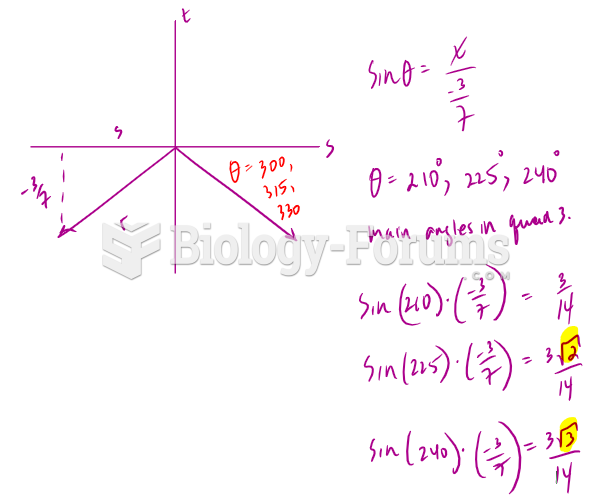Which of the following is true concerning posting?
a. The date of the transaction should be written in the account's Date column.
b. The page number of the journal should be written in the Post. Ref. column of the ledger account.
c. The amount of the transaction should be recorded in either the debit or credit column.
d. The ledger account number should be recorded in the Post. Ref. column of the journal.
e. All of the answers listed are correct.
Question 2
Costing methods and variances, comprehensive.
Rob Kapito, the controller of Blackstar Paint Supply Company, has been exploring a variety of internal accounting systems. Rob hopes to get the input of Blackstar's board of directors in choosing one. To prepare for his presentation to the board, Rob applies four different cost accounting methods to the firm's operating data for 2013. The four methods are actual absorption costing, normal absorption costing, standard absorption costing, and standard variable costing.
With the help of a junior accountant, Rob prepares the following alternative income statements:
Where applicable, Rob allocates both fixed and variable manufacturing overhead using direct labor hours as the driver. Blackstar carries no work-in-process inventory. Standard costs have been stable over time, and Rob writes off all variances to cost of goods sold. For 2013, there was no flexible budget variance for fixed overhead. In addition, the direct labor variance represents a price variance.
Required:
1. Match each method below with the appropriate income statement (A, B, C, or D):
2. During 2013, how did Blackstar's level of finished goods inventory change? In other words, is it possible to know whether Blackstar's finished goods inventory increased, decreased, or stayed constant during the year?
3. From the four income statements, can you determine how the actual volume of production during the year compared to the denominator (expected) volume level?
4. Did Blackstar have a favorable or unfavorable variable overhead spending variance during 2013?







